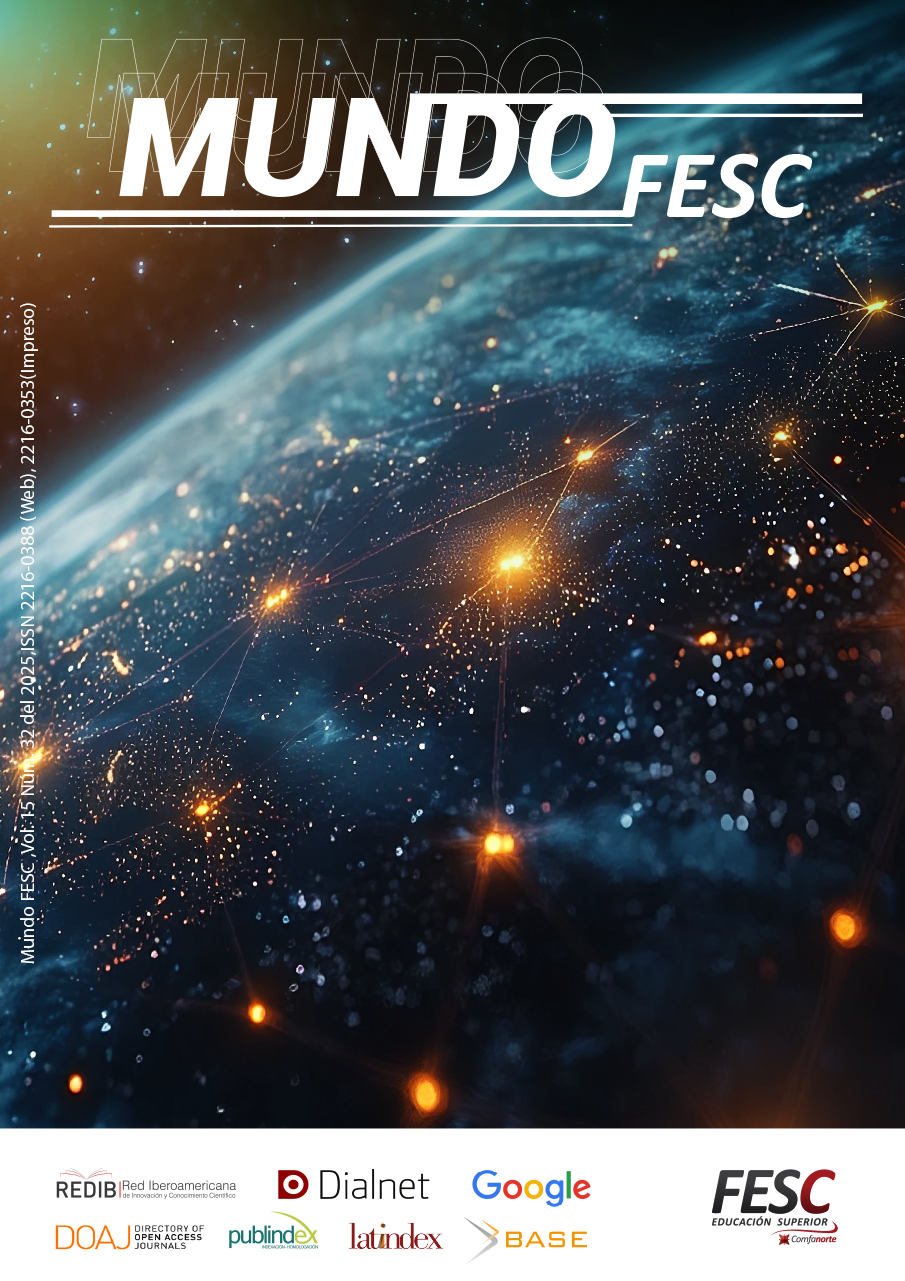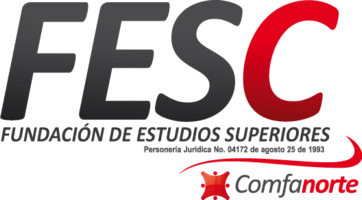Optimización de Métodos de Tratamiento de Lixiviados mediante Evaporación Forzada: Diseño, Implementación y Evaluación Experimental
DOI:
https://doi.org/10.61799/2216-0388.1454Keywords:
Leachate, waste treatment, forced evaporation, evaporation efficiencyAbstract
Leachate treatment is a crucial process for waste management, these highly polluting liquids contain humic acids, ammonia nitrogen, heavy metals and inorganic salts. Common treatment methods include clay sedimentation, reverse osmosis, natural evaporation and forced evaporation. To evaluate the most common methods of leachate treatment and develop an experimental forced evaporation system for the reduction of the volume of these wastes, improving the efficiency of the process using controlled thermal energy and real time monitoring systems. A review of the main leachate treatment methods, including reverse osmosis, clay sedimentation, natural evaporation and forced evaporation, is carried out. Then, an experimental prototype based on forced evaporation is designed and built, which has triangular glass and metal domes inclined at 45°, a flow regulation system with valves and a thermal generation system with 100 °C resistors. Data acquisition is managed by an ESP32 and K-type temperature sensors with Max6675 converters, sending real-time information to the ThingSpeak platform. Experimental tests were carried out with a flow rate of 0.22 ml/sec during 9 hours per day, monitoring solar radiation, temperature and relative humidity. It is determined that forced evaporation significantly increases the efficiency of the process, reducing the volume of leachate by 90%. The peak solar hour is identified between 12:00 and 13:00 hours, with a radiation of more than 900 W/m². The leachate in the reservoir reaches temperatures of 38 to 39 °C, while, in the main dome, phase change is ensured from the injection of thermal energy. Forced evaporation is an efficient alternative for leachate volume reduction, overcoming the limitations of natural evaporation in terms of climate dependence and space requirements. The design of the experimental prototype proved to be functional, facilitating flow regulation and controlled application of thermal energy.
Downloads
Download data is not yet available.
References
-
Downloads
Published
2025-01-01
Issue
Section
Artículo Originales
License
Copyright (c) 2023 Mundo FESC Journal

This work is licensed under a Creative Commons Attribution-NonCommercial 4.0 International License.
How to Cite
Moreno Garcia , F. E., Lopez Bustamante, O. A. ., Gamboa Guerrero, E. ., Galindo Lizcano, J. S. ., & Cardozo Sarmient, D. O. (2025). Optimización de Métodos de Tratamiento de Lixiviados mediante Evaporación Forzada: Diseño, Implementación y Evaluación Experimental. Mundo FESC Journal, 15(31), 269-281. https://doi.org/10.61799/2216-0388.1454






